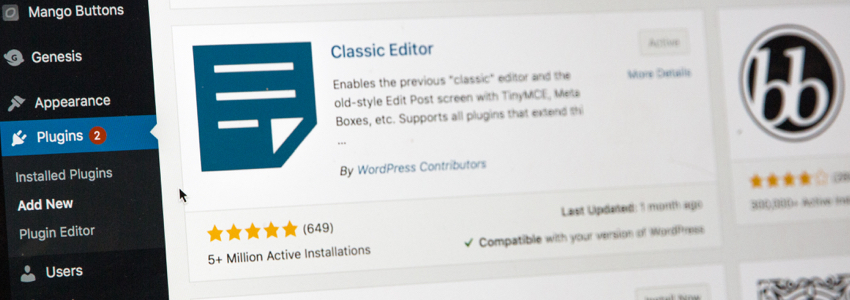Congratulations on launching your small business website! You’ve taken a significant step toward establishing a strong online presence. However, the journey doesn’t end with the website launch. In fact, that’s just the beginning. In this post, we’ll explore essential steps to ensure your small business website continues to thrive and attract visitors.

1. Add New Blog Posts Regularly
Google loves websites that produce fresh, valuable content. To keep your website relevant and appealing to both search engines and your audience, consider the following:
- Keyword Research: Start by researching keywords related to your business and industry. Identify keywords you’d like your website to rank for, focusing on long-tail keywords that reflect your niche.
- Content Creation: Write informative and engaging blog posts around these keywords. Each blog post should provide value to your readers, addressing their pain points, questions, or needs.
- User Engagement: At the end of each article, encourage user engagement. This can include inviting comments, offering related content suggestions, or guiding users toward relevant products or services.
Consistently publishing quality content not only boosts your search engine rankings but also positions you as an authority in your field, driving more traffic to your site.

2. Keep an Eye on Google Analytics
Your small business website’s success is closely tied to how well it meets your audience’s needs. Google Analytics is your go-to tool for understanding user behavior. Pay special attention to your website’s bounce rate, which measures the percentage of visitors who leave after viewing only one page.
- High Bounce Rate: If you notice a high bounce rate on key pages, it’s a red flag. Investigate why users are leaving. Is the content relevant? Are the next steps clear? Use this data to make informed improvements.

3. Continue Making Small Tweaks to Your Layout and Functionality
Your website’s performance might not meet your expectations in certain areas. It’s crucial to diagnose and address any issues promptly:
- Content Revisions: If a page isn’t performing as expected, consider revising the content. Ensure it’s informative, engaging, and meets the needs of your target audience.
- Clear Calls to Action (CTAs): Make sure your website has clear and compelling CTAs guiding users on their journey. Whether it’s signing up for a newsletter, making a purchase, or contacting you, CTAs should be easy to find and understand.
- Functionality Checks: Technical issues, such as broken links or slow page load times, can deter users from taking action. Regularly review your website’s functionality and fix any issues promptly.
Remember, your website is a dynamic tool that should evolve as your business grows and user preferences change.
Regardless of the next steps you need to take with your newly designed website, expert assistance can make a significant difference. With over 10 years of experience in website design, development, and SEO, I’m here to help you turn your new website visitors into loyal customers.
Contact me today to discuss how we can collaborate to ensure your small business website reaches its full potential. Together, we’ll create a dynamic online presence that drives results and keeps your customers engaged.